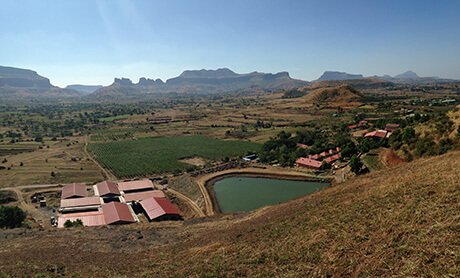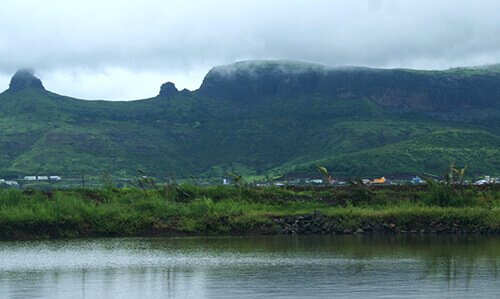
The total capacity of our lungs is about 6000 c.c., but during normal breathing we only breath about 600 c.c. air per breath in to our lungs. In deep breathing the practitioner can inhale up to the total capacity of the lungs, which increases breathing efficiency per breath. The normal breath rate is 15 to 18 breaths per minute but in deep brething this rate is reduced to about 4 to 8 breaths per minute.
The air is inhaled mostly using diaphragm or muscle of respiration and expanding the chest. The movement of abdomen helps the movement of diaphragm. The intercostal muscles help the movement of chest. In this the diaphragm movement requires less efforts than the rib movement and more air can be inhaled as the diaphragm can be vertically moved up and down to about 6 inches. So Deep breathing involves efficient movement of abdomen.
Begineers can start with deep breathing practice in sitting position of lying down position.
| COURSE | Venue |
Phone - +91-9822770727
E-mail - yoga@yogapoint.com or yogapoint108@gmail.com

Yoga Vidya Dham, Kaivalya Nagari,
College Road, Nashik - 422005.
Maharashtra, India.
Phone - +91-9822770727 (for courses in ENGLISH)
+91-253-2318090 (For courses, in HINDI or MARATHI)
(Please call during 9.00 AM to 5 PM Indian Time)
E-mail - yoga@yogapoint.co or yogapoint108@gmail.com
Village Talwade, Trimbak, Nasik
Maharashtra,India.
Phone - +91-9822770727
E-mail - yoga@yogapoint.com or yogapoint108@gmail.com
